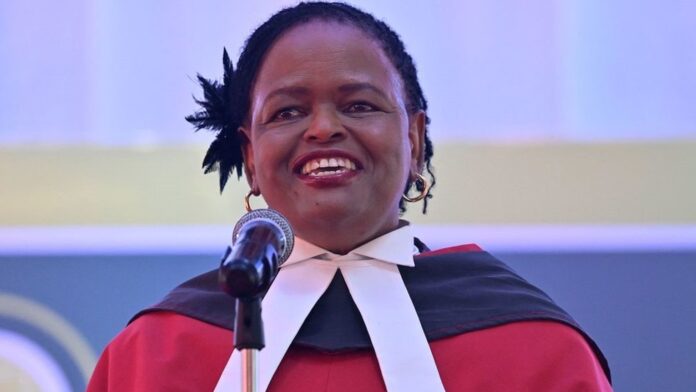Chief Justice Martha Koome has expressed frustration with the growing disparity in access to higher education in Kenya. She highlighted the plight of students who, despite qualifying for university, are unable to afford the fees, while taxpayer funds are allocated for bursaries to various government officials.
Koome’s remarks come amid widespread concerns among students and parents about the financial burden of university education and the newly implemented funding model. She criticized the current system where taxpayer funds are distributed to governors, women representatives, MPs, and MCAs for bursaries, questioning its efficiency and equity.
The Chief Justice’s comments have ignited a debate on the allocation of public funds and the need for reforms in Kenya’s education system. The issue of inequality in education has long been a concern, with many advocating for a more equitable distribution of resources to ensure that all students, regardless of their financial background, have access to higher education.
Kenya’s New University Funding Model
President William Ruto’s new university funding model, introduced in May 2023, marks a significant departure from the previous system where the government subsidized university education for all students.
Under the new model, students are categorized into three groups: Vulnerable, Less Vulnerable, and Able. The government offers full scholarships to the most vulnerable students, while less vulnerable students receive a combination of scholarships and loans. Able students receive lower levels of government support.
While the model aims to make higher education more accessible, it has also sparked debate. Some argue that it could increase the burden of student loans, especially for those in the less vulnerable and able categories.
